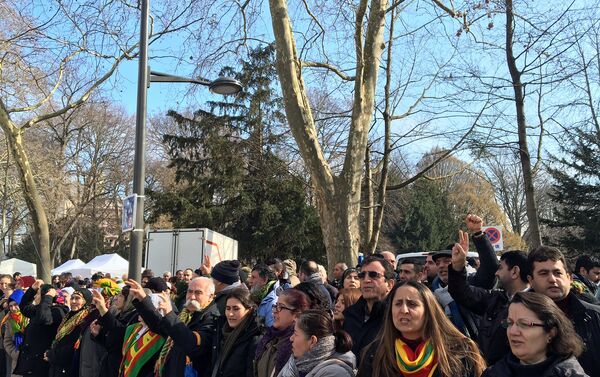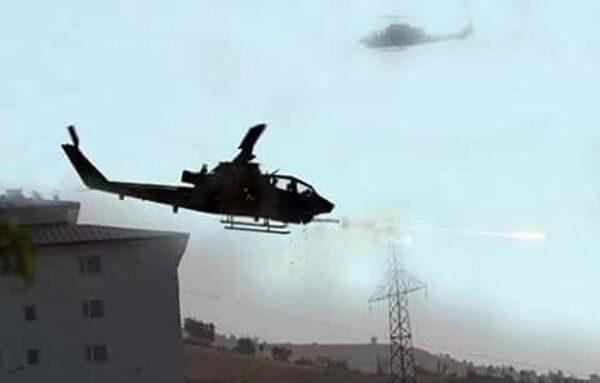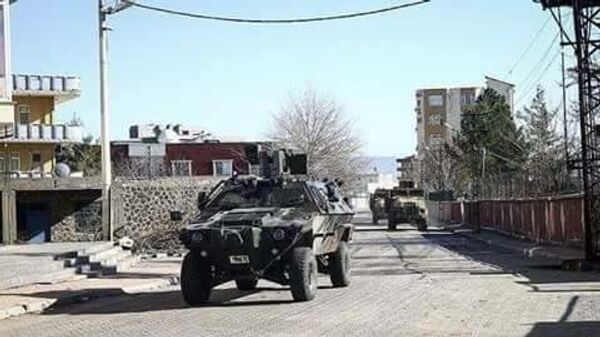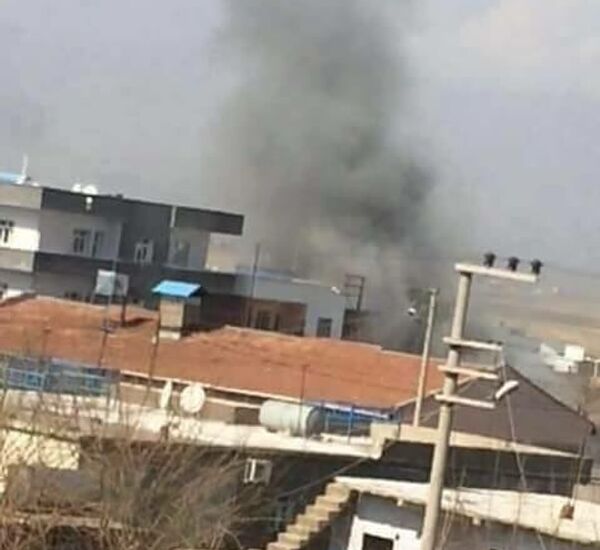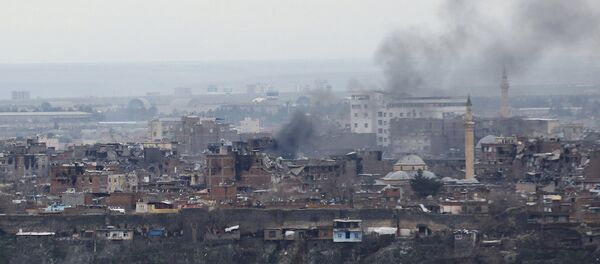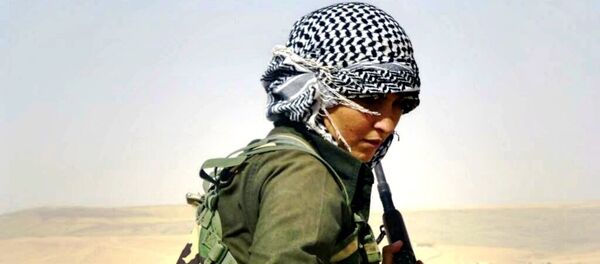In an interview with Sputnik, Nursel Kilic, who represents the Kurdish Women's Movement in Europe, said that the protests are being held in front of the buildings of the Council of Europe and the European Court of Human Rights.
She recalled that in addition to Cizre, the violence shows no sign of abating in other towns throughout southeastern Turkey, where Turkish irregular troops have stepped up their activity.
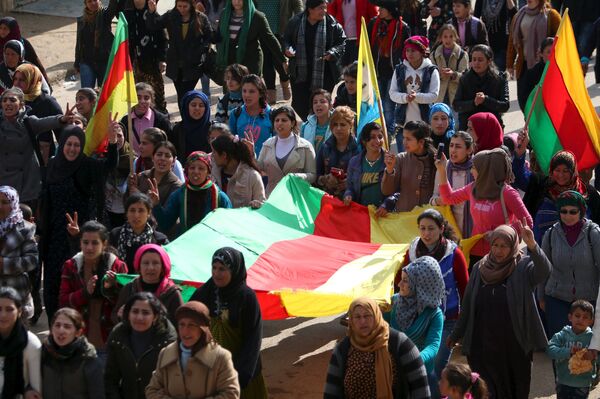
Cizre has been under curfew for the past 76 days, which has resulted in civilians being cut off from receiving medical supplies, water and electricity, she said, adding that a total 200 Kurds were recently killed in Turkish air and artillery strikes on predominantly Kurdish towns in Turkey's southeastern regions.
"In Cizre, the death toll included students, rights activists, journalists as well as even month-year-old babies who became a target for Turkish strikes," Kilic said.
She also claimed that the Turkish army's military operation against Kurds in Cizre continues despite the Erdogan administration's words to the contrary. This, she said, has been confirmed by photos obtained by the Kurdish Women's Movement in Europe.
"The operation is still under way despite the Turkish Interior Minister announcing the end of the operation two weeks ago. Every day we get photos from [Cizre], including those showing burned bodies of Kurds, which confirm that the operation is in full swing," Kilic said.
She lamented the fact that Turkish authorities have prevented the High Commissioner for Human Rights of the Council of Europe from visiting Cizre for "security reasons."
"It seems that hurdles are being made in order to ensure that the truth will never come out at the international community level," she added.
In December 2015, the Turkish authorities declared a curfew in a number of southeastern regions where armed clashes between Ankara's forces and Kurdistan Workers' Party (PKK)'s fighters continue. The Turkish General Staff has said that about 850 PKK militants have been killed since mid-December. Kurdish activists, in turn, argue that most of the dead were civilian victims.
